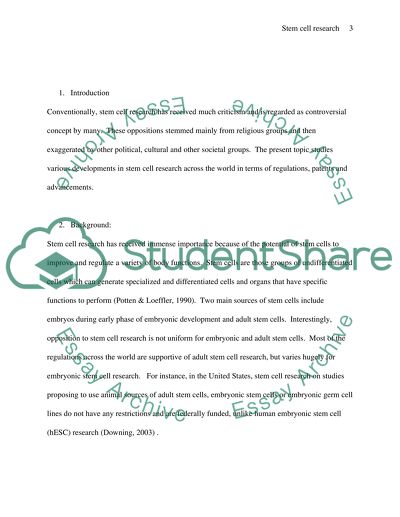Cite this document
(“Emergence and Development of Stem Cell Research Paper”, n.d.)
Retrieved de https://studentshare.org/law/1391666-stem-cell-research
Retrieved de https://studentshare.org/law/1391666-stem-cell-research
(Emergence and Development of Stem Cell Research Paper)
https://studentshare.org/law/1391666-stem-cell-research.
https://studentshare.org/law/1391666-stem-cell-research.
“Emergence and Development of Stem Cell Research Paper”, n.d. https://studentshare.org/law/1391666-stem-cell-research.


